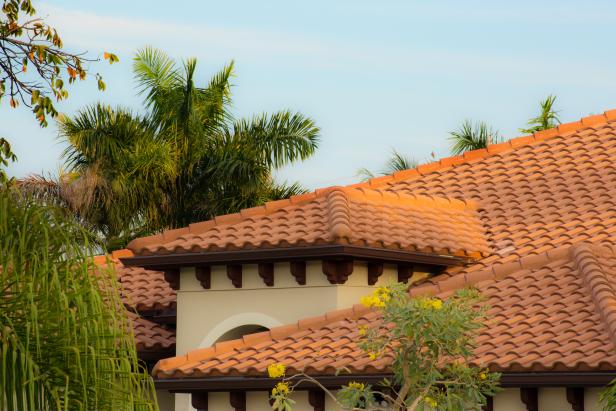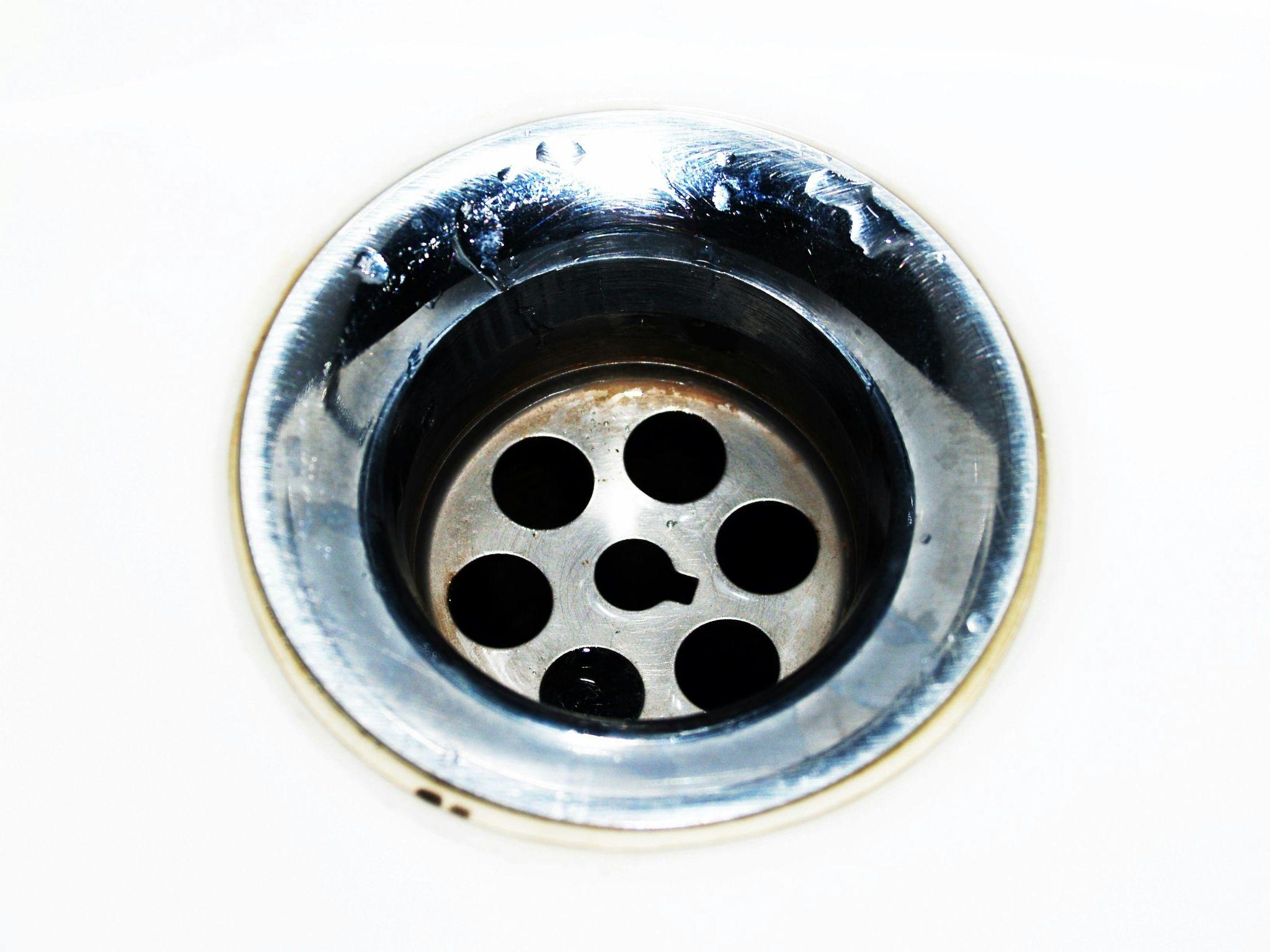The first step in choosing the best tile option from Tacoma Art Museum for example for your project is knowing the different materials used in this type of product. The difference from one to the other can impact several stages of its construction or renovation, which can leverage costs and influence the workforce for its installation. That’s why we’ve separated the main models to make your choice easier when looking for the best alternative for your project.
Ceramic Tile
Ceramic tiles are the most popular and can be found in different types and colors. They are a great alternative for those who want differentiated options when planning the coverage of their dreams. They provide great thermal comfort, allowing for more pleasant indoor environments. Despite these great features, ceramic tiles suffer from their fragility, as misuse can damage them and impair their coverage. In addition, its weight can be a negative differential for those planning a roof with a simpler structure.
The high porosity of this material makes the ceramic absorb rainwater to eliminate it under more suitable conditions. This causes its weight to increase, which can harm the woodwork of your cover, causing problems such as leaks, infiltrations, and air passage in the rooms.
Fiber Cement Tile
Fiber cement shingles are a very economical solution for those on a budget when renovating or building a roof. This material makes it easier to install and is durable and waterproof, serving as a perfect alternative for those who want great value. However, these tiles have some disadvantages that can be the divisive opinion when considering this option as a good alternative for your project. A negative point of this material is that it overheats the interior of the building, causing discomfort in periods of intense heat. In addition, its use can devalue your property’s aesthetics since fiber cement has a very simple design. This can be a negative feature for those who want a more elegant and sophisticated design.
Ecological Tile
One trend that has been conquering the market because of its cost-effectiveness is ecological tiles. They have several advantages, especially compared to other models on the market. We start with the main one, its composition. It is made from recycled materials, making it a great sustainable alternative for your project. This feature does not leave it behind at any point, a great option for those who want a beautiful and different roof on their property.
As it is lighter than other tiles on the market, it weighs up to 3.4 kg per m². A ceramic tile can be up to 12 times heavier than the ecological model. With this, we can say that the installation process comes out much more into account in the final budget of your work. Its low weight allows for greater practicality during transport and installation, often requiring only one or two people to apply it to your roof. In addition, it is very resistant to drops, ensuring outstanding durability and longer useful life.
Another highlight is that it can successfully drain water out of your roof structure, avoiding overloading. All these features are essential to reduce expenses with the installation and maintenance of your roof, making it possible to make better use of your investment.
In addition, despite being relatively light, they are very resistant to winds of more than 250 km/h, ensuring greater protection for the property. Last but not least, we highlight that this model can stay up to 2º C cooler than the other types and cool faster during the night.
Transparent Tile
For those who want a more sustainable lifestyle, transparent tiles from Lemay Americas car museum Tacoma for example are a great option to enhance their property and bring comfort and better quality of life. Its main feature is that it allows the passage of sunlight in internal environments, ensuring spaces are lit for longer throughout the day. This avoids unnecessary energy expenditure on artificial lighting. In addition, natural light allows less strain on the eyes, directly benefiting your health.
The advantages of transparent tiles do not stop there. It has great color options for different tastes, a very versatile product for your project. It offers great resistance and is virtually unbreakable — it can withstand 50 times greater impacts than acrylic models, for example.
Its high flexibility is a great feature, allowing for a much simpler and more practical installation. In addition, transparent tiles have protection against UV radiation, withstanding temperature variations from -50º C to 135º C.




